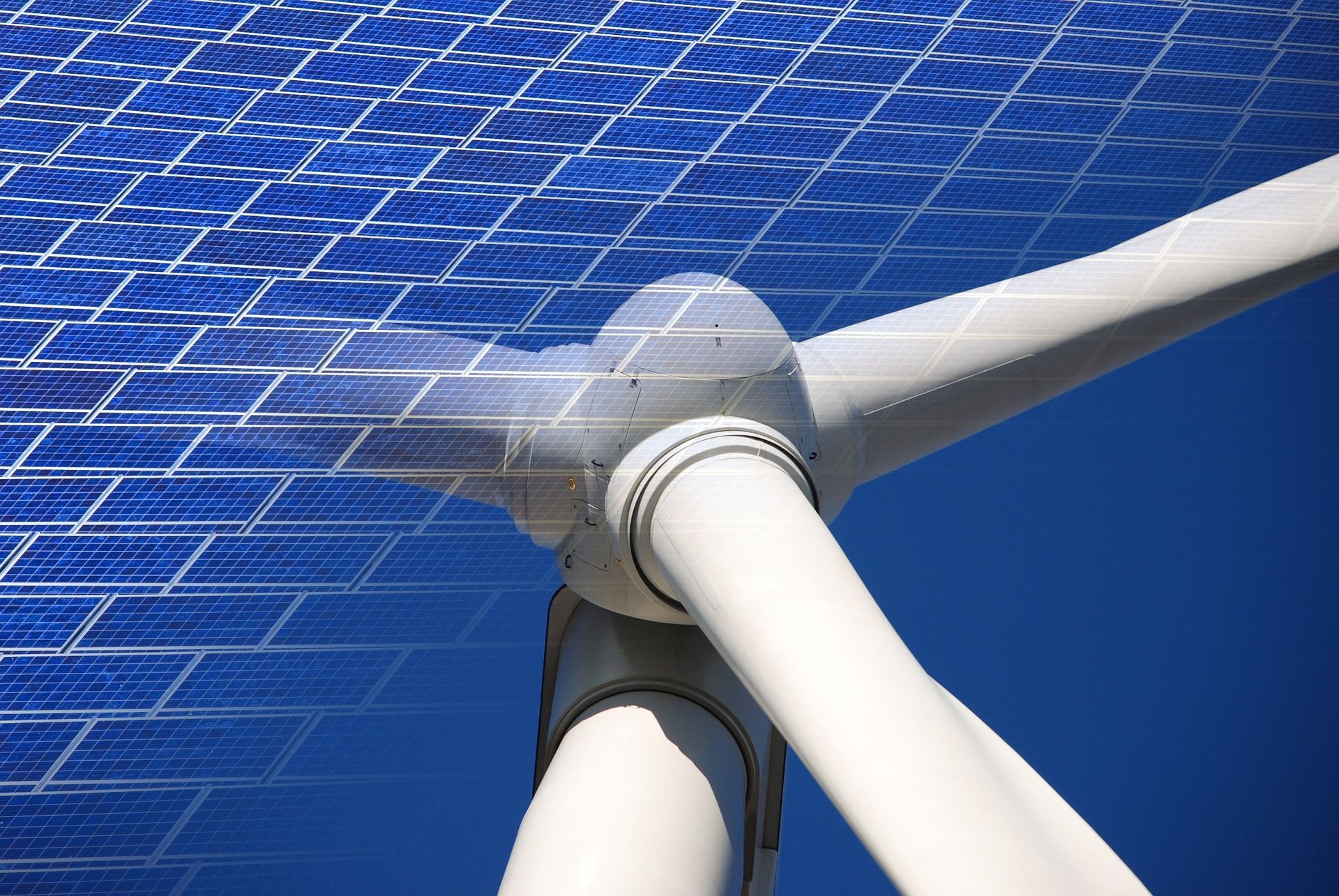
Renewable energy is on the rise all over the world and is now an unstoppable trend. At least if you ask, the World Economic Forum, a foundation that amongst other things, organizes the annual Davos conference. In a press release, they present five milestones. According to the document, these five milestones shreds light on the great success of renewable energy.
According to the international organization International Renewable Energy Agency, IRENA, 260 gigawatts of renewable energy were put into use in 2020. This is an increase of 50 percent from 2019. More than 80 percent of all new capacity came from renewable sources. At the same time, the capacity generated by the newly built fossil sources fell from 64 gigawatts in 2019 to 60 gigawatts in 2020.
On April 5, 2021, the United Kingdom broke records in renewable energy production. Renewable energy sources accounted for 80 percent of the entire country’s energy production. The boom of renewable energy also affects the amount of emission per unit of electricity consumed. The level is now at a all time low.
The International Energy Agency, IEA, predicts in its World Energy Outlook 2020 that renewable energy sources will break records every year after 2022. The fact that solar energy is cheaper than fossil fuels in countries like the US, China, India, and large part of the EU plays a huge role in the shift.
For example today, all public buildings in the Australian city of Adelaide gets all their energy from renewable sources. This means that the city notes reduced emissions by 11,000 tonnes per year.
Vietnam installed 9.3 gigawatts of renewable energy in 2020. This corresponds to six coal-fired power plants and is 25 times as much renewable energy as Vietnam had in 2019. A total of 101,029 solar panel projects were completed in Vietnam in 2020. That is 25 times as many projects as in 2019.
Picture: Pixabay/seagul





